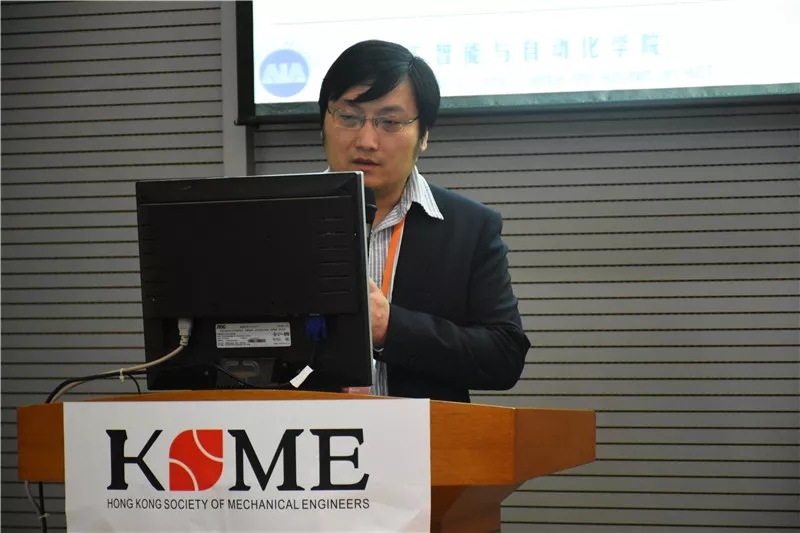
Abstract: The mobility of elderly degrades with age, which affects not only their daily life, but also the life quality and causes dependence of other in their daily life. The walking-aid robot which applies robotic technologies can help the elderly to restore the ability of walking, get the chance of independent and improve the quality of their life, which are very important to the rehabilitation care system of forthcoming elderly society.
Recognizing the user’s walking intention plays an important role in the motion control of walking-aid robots. To quantitatively describe the user’s walking intention, a concept called “intentional direction (ITD)” is proposed. Both the state model and the observation model of ITD are obtained by enumerating the possible walking modes and analyzing the relationship between the human–robot interaction force and the walking intention. The user’s walking intention can be online estimated using the filtering techniques. Based on the estimated intention, a new admittance motion control scheme is proposed for the walking-aid robot.
The walking state monitoring is also indispensable during using the robot-aided walking. We verified the existence of human-robot coordination state in the process of using a walking-aid robot during walking. A new walking state monitoring method is proposed by using the Principal Component Analysis (PCA). The abnormal or emergency walking state is promptly detected if the new sample data is found to deviate from an off-line PCA model, which is generated from plentiful normal walking data of different subjects. Further, a state diagnosis algorithm based on the contribution plot is also developed for the walking state recognition and diagnosis. In this way, typical abnormal states like the leg restrictions can be distinguished from the emergency states including falls and the stumbling.
The effectiveness of proposed method is validated by experiments. The result shows that the user feels more natural and comfortable when our intention-based admittance control is applied. Better recognition rate and real-time performance of the walking-state monitoring method is also verified by comparing with conventional Center of Pressure (COP)-based monitoring method.